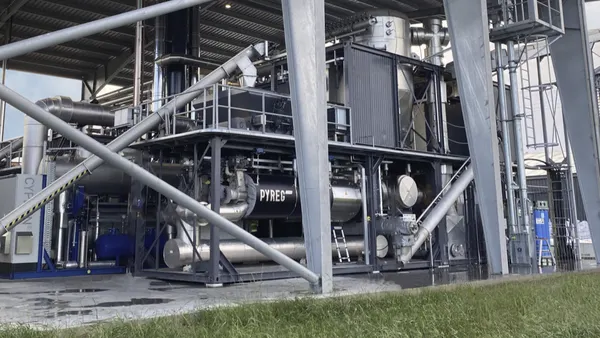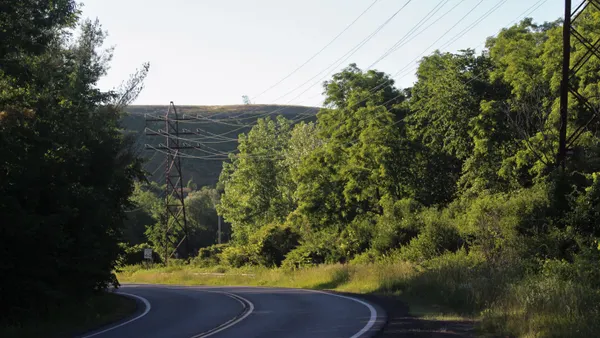Dive Brief:
- Just over half of the US states have Renewable Portfolio Standards (RPS)—policies to increase renewable energy (RE), usually from wind, solar, biomass, and sometimes landfill gas and municipal solid waste. Requiring utilities to offer a specified amount of electricity from RE by a given date, these RPS’s have helped to fund and drive generation of 60% of non-hydro renewable sources, according to a report produced by the National Renewable Energy Laboratory.
- The report authors project RPS demand will double from 215 TWh in 2015 to 431 TWh in 2030, which for the US will mean having to reach 12.1% of retail sales in non-hydro RE generation to stay competitive.
- Among other key report findings:
- RPS policies apply to 55% of retail electricity sales in the US.
- California, Hawaii, Oregon, and Vermont have new or increased RPS targets, and New York will soon join them; although Kansas eliminated its RPS and now has a voluntary goal.
- It cost the industry $2.6 billion in 2014 to comply with RPS mandates, which accounted for 1.3% of average retail electricity bills.
Dive Insight:
RPS requirements are responsible for more than half of all growth in renewable electricity generation and capacity since 2000. And the states are doing well do keep up; collectively they have met 95% of their interim RPS targets, according to the report.
Now many municipalities are upping the ante. RPS demand could require another 60 GW of non-hydro RE capacity by 2030, representing about a 50% jump from the current figure.
But renewable energy providers believe the investment is worth it, claiming the alternatives are cleaner than burning coal and other fossil fuels and that subsidies provided by states’ RPS will open up competition among providers of the alternative sources, while helping utilities meet their targets to sell cleaner fuels.
Already, more than 860 utilities have green energy programs, a boom fueled by RPS’s in 29 states and Washington, DC. Some of these states are pushing to do more. As Hawaii tries to reduce its dependency on imported fuels, it taps into its own vast resources, with plans to generate 100% green energy by 2045. Vermont is shooting for a 75% goal by 2032.
However, the authors predict that states will face challenges, namely integrating renewables onto the grid and barriers tied to regulatory issues that have yet to be worked out.








